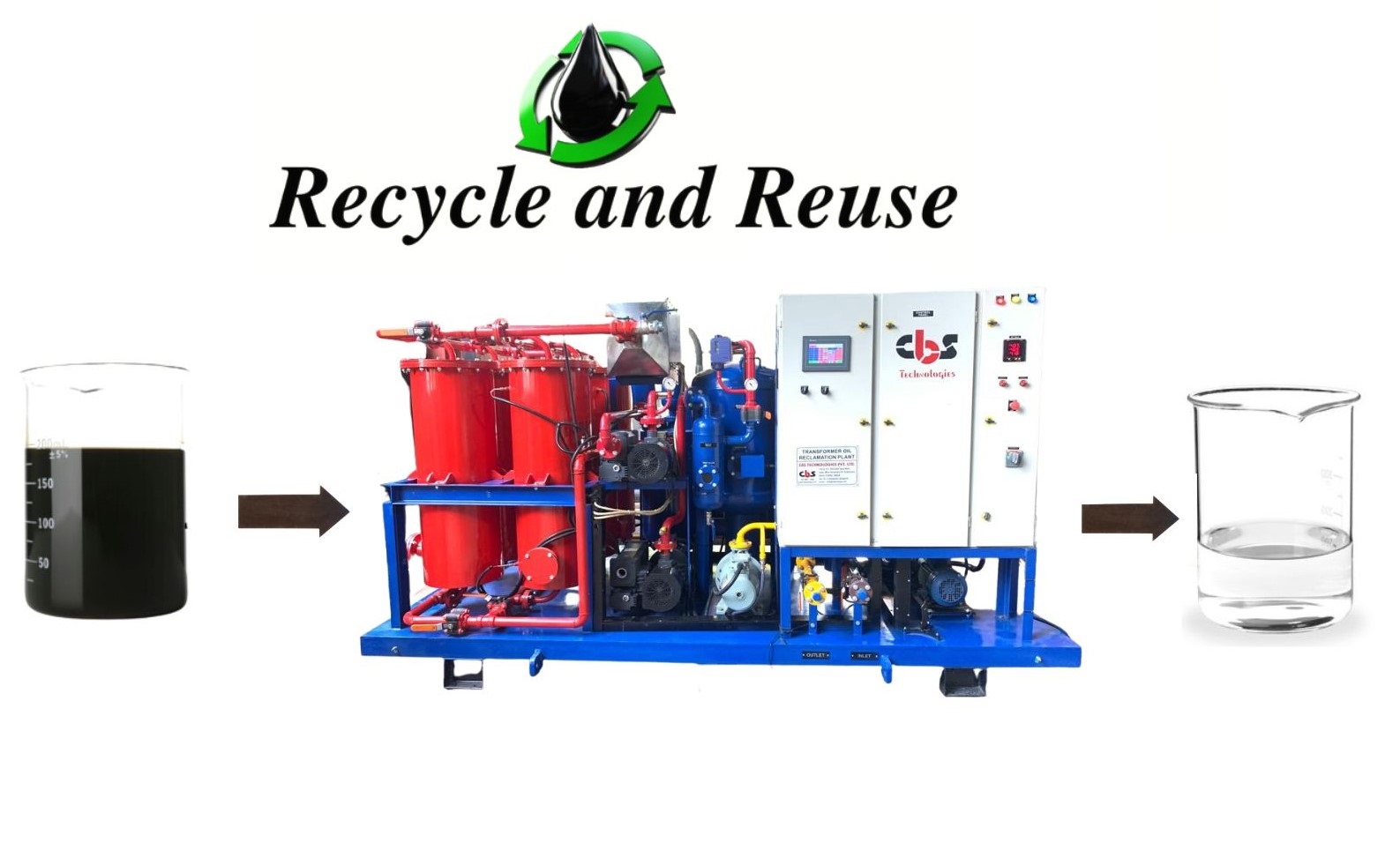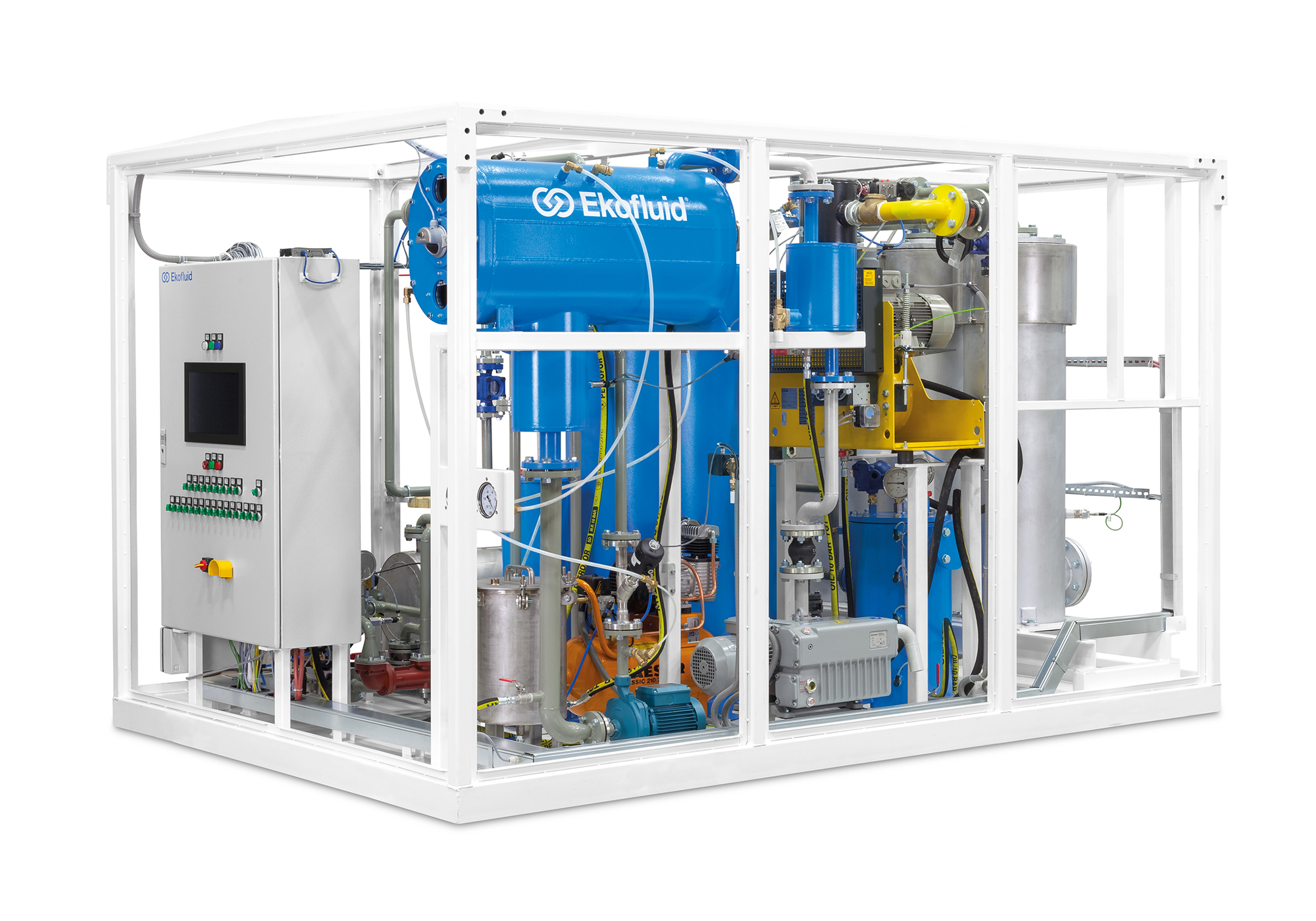Recognizing the Transformer Oil Regeneration Process in Depth
Recognizing the Transformer Oil Regeneration Process in Depth
Blog Article
Exactly How Regenerated Transformer Oil Expands Transformer Life Expectancy
The function of transformer oil is important in guaranteeing the reliability and longevity of transformers, serving as both an insulator and coolant. Regrowed transformer oil uses an engaging remedy to boost these features by effectively removing hazardous pollutants that jeopardize performance.
Significance of Transformer Oil
Transformer oil plays a vital duty in the reliable procedure of electric transformers. It mostly functions as a protecting medium, ensuring and protecting against electric discharges that parts operate securely under high voltage problems. The oil's dielectric properties are basic to maintaining the integrity of the transformer, as they minimize the threat of failings that might result in expensive downtimes or disastrous events.
Along with its shielding capacities, transformer oil additionally functions as a coolant. As transformers run, they produce warm that must be dissipated to stop getting too hot and succeeding damage. The oil circulates within the transformer, moving and soaking up warmth away from crucial components, thereby keeping optimal operating temperatures.
In addition, transformer oil works as an obstacle against dampness and impurities, which can endanger the efficiency and longevity of the transformer. Its chemical residential or commercial properties aid in reducing the effects of acids and other by-products that may develop over time, adding to the overall health and wellness of the electrical system.
Advantages of Regenerated Oil

Furthermore, regenerated transformer oil has a reduced level of pollutants, including bits and impurities that can deteriorate efficiency. This purity not only boosts the oil's thermal conductivity yet likewise prolongs the functional lifespan of transformers by lessening overheating threats. The improved thermal stability of restored oil ensures consistent performance even under high operating temperature levels, which is important for preserving transformer effectiveness.
An additional advantage is its ecological influence. Regenerated oil promotes sustainability by decreasing waste and the requirement for brand-new oil manufacturing, therefore lowering the carbon impact related to transformer maintenance. Transformer Oil Regeneration. Moreover, the durability of regrowed oil translates to lower maintenance expenses in time, as fewer oil modifications and much less regular tools downtime are called for.
Process of Oil Regeneration
The regrowth of transformer oil includes a systematic process developed to restore the oil's original homes and enhance its performance. This procedure normally starts with the removal of the used oil from the transformer, which is after that subjected to various filtration methods.
The initial step in the regrowth procedure is the purification, where solid contaminants such as sludge, steel, and dirt particles are removed. This is commonly complied with by vacuum cleaner purification, which helps to get rid of wetness and volatile substances, thus boosting the oil's dielectric stamina.

Effect On Transformer Performance
Bring back the homes of regenerated transformer oil significantly affects the total performance of transformers. Improved dielectric strength is among one of the most vital advantages, as it enables far better insulation and reduces the probability of electric break down. This enhancement causes a more steady procedure under high voltage conditions, ultimately bring about increased effectiveness.
In addition, the elimination of contaminants and deterioration items throughout the regeneration process reduces the threat of overheating. Cleaner oil assists in far better heat dissipation, which is necessary for keeping ideal operating temperature levels. As an effect, the thermal performance of the transformer is improved, enabling for higher tons without jeopardizing integrity.
Moreover, the chemical stability of regenerated oil ensures prolonged operational life. It resists oxidation and deterioration, decreasing the frequency of maintenance interventions and oil replacement. This stability not only adds to enhanced performance but also straightens with sustainability objectives by decreasing waste.
Future of Transformer Upkeep
As innovations in modern technology remain to improve the landscape of electric engineering, the future of transformer maintenance is poised for significant makeover. The assimilation of clever modern technologies, such as official site IoT sensing units and anticipating analytics, allows real-time tracking of transformer health and wellness, enhancing the ability to preemptively address concerns prior to they rise right into major failures. This aggressive strategy not just maximizes functional effectiveness but additionally expands the life expectancy of transformers.
Additionally, the application of man-made knowledge (AI) in information evaluation permits more exact fault discovery and medical diagnosis. By leveraging artificial intelligence formulas, maintenance groups can determine patterns in operational information that human analysts may ignore, causing more enlightened decision-making.
In addition, the adoption of eco-friendly methods, consisting of using regenerated transformer oil, is readied to redefine maintenance methods. This sustainable technique not only reduces ecological effect yet also enhances the overall health and wellness of the transformer.
Last but not least, the change in the direction of automation in upkeep processes is anticipated to click here for more enhance operations, lower downtime, and lower prices. As these developments remain to evolve, the future of transformer maintenance will definitely come to be more effective, reliable, and sustainable, making sure the honesty of essential electrical infrastructure.
Conclusion
The use of regenerated transformer oil dramatically boosts the operational longevity of transformers. By efficiently bring back dielectric stamina and thermal stability, this oil plays an important duty in mitigating threats linked with getting too hot and oxidation. The regrowth procedure not just eliminates dangerous contaminations yet likewise minimizes upkeep regularity and oil replacement costs. Ultimately, the adoption of regenerated oil stands for a crucial innovation in transformer upkeep, making certain optimum performance and sustainability in the administration of electrical framework.
The duty of transformer oil is important in making sure the reliability and long life of transformers, offering as both an insulator and coolant.Transformer oil plays an important role in the reliable operation of electric transformers. Regrowed oil promotes sustainability by minimizing waste and the requirement for brand-new oil production, thereby lowering the carbon footprint associated with transformer maintenance.Recovering the properties of regenerated transformer oil substantially influences the general performance of transformers.The use of regenerated transformer oil considerably boosts the operational long life of transformers.
Report this page